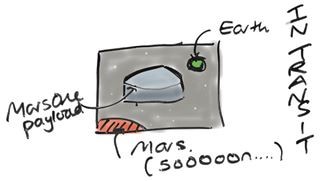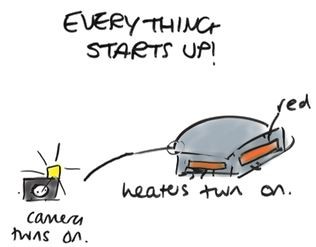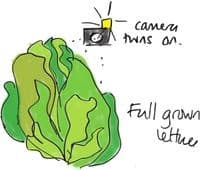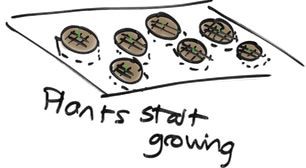Lettuce on Mars, a project by University of Southampton students to send a small greenhouse to Mars in which lettuce would be grown using the Martian atmosphere and local sunlight, has been shortlisted by Mars One in a future space flight to the red planet.
If all goes according to plan, the payload will arrive on Mars in 2018 alongside the other Mars One experiments.
Suzanna Lucarotti, leader of the project, said:
“To live on other planets we need to grow food there. No-one has ever actually done this and we intend to be the first. This plan is both technically feasible and incredibly ambitious in its scope, for we will be bringing the first complex life to another planet.”
“Growing plants on other planets is something that needs to be done, and will lead to a wealth of research and industrial opportunities that our plan aims to bring to the University of Southampton.”
“We have tackled diverse sets of engineering challenges, including aeroponic systems, bio filters, low power gas pressurization systems and failsafe planetary protection systems and then integrated them all into one payload on a tight mass, power and cost budget.”

(Photographs: all five photos come from the Lettuce on Mars website.)
Cruise: during the 7-month journey to Mars everything will be powered down and remain inactive. The seeds will remain frozen until the spaceship lands on the red planet.

Landing: after landing, heaters placed around the growth chamber will kick in and maintain an ambient temperature within the greenhouse of between 21C and 24C (70F and 75F). Mars’ surface temperature is (minus) -63C (-81.4F), while air pressure is one-hundredth of earth’s.

Setup: carbon dioxide (CO2), sourced from the Martian atmosphere, will be heated and pressurized. Via electrolysis of water brought from earth, oxygen will be produced. A certain amount of water with dissolved nutrients will be vaporized within the greenhouse’s atmosphere.

Lettuce Growth: under these conditions, lettuce seed germination will begin. Photosynthesis will occur thanks to direct sunlight and light from LEDs in the top of the greenhouse.

Mission success! if all goes according to plan, the lettuce will reach full size in about four weeks. Photos will be taken by a camera fitted inside the growth chamber. The pictures will be transmitted back to earth, along with sensor data, on a daily basis.
Termination: after the project has been completed and following a predetermined signal, the heater will exterminate all living matter within the payload, so that there is no risk of contamination.

